Last updated: February 14, 2025
Article
Pathways Through American History: Every Place Has a History
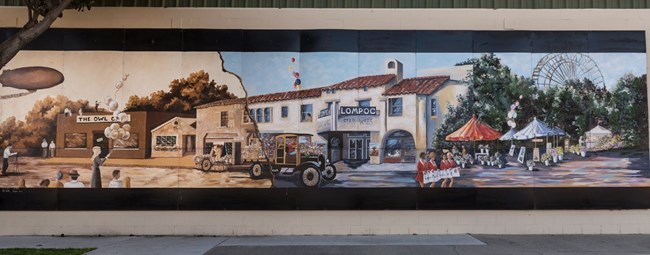
Photo by Carol Highsmith, courtesy Library of Congress.
Learning in Place
The places that we live, work, and gather can be special to us and our communities. Along this Pathway, “Every Place Has a History,” discover how people have expressed and shared the meaning of those places.
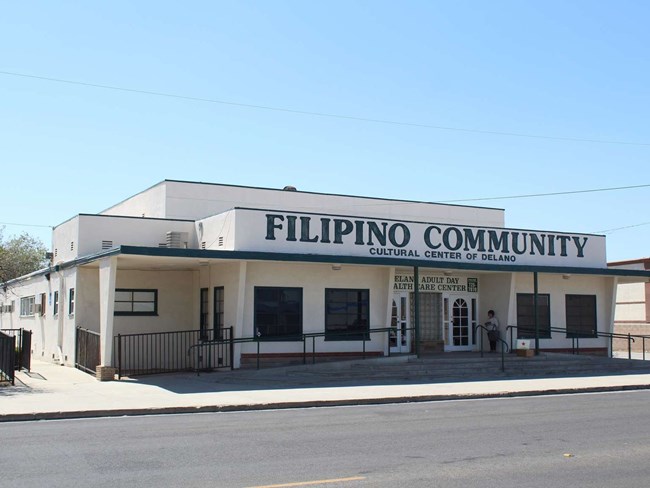
NPS Photo
Marker 1 of 4: What does a historic place look like?
Some places have been intentionally preserved or designated as worthy of preservation by local, state, tribal, or national authorities. The National Park Service offers guidance, partnerships, community assistance, and grants to support historic preservation throughout the United States.
Now’s your chance to get involved in your community! Search for the historic places near you and learn how you can protect them.
Every story has historic places, even if they are not well-known. What do you need to uncover the history of the place where you live? What do historic places need from you to stay relevant?
Preserving History
-
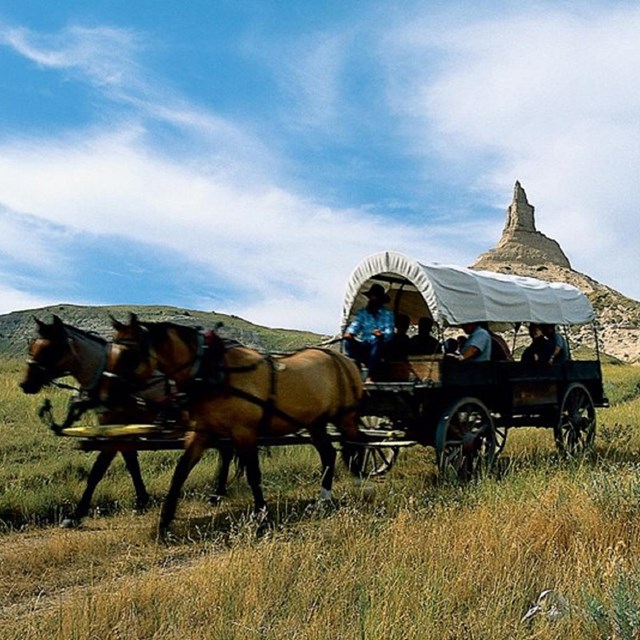 ArticleWhat Can I Do?
ArticleWhat Can I Do?Each of the thousands of National Park Service units tells a part of the American story. Check out how you can engage with them!
-
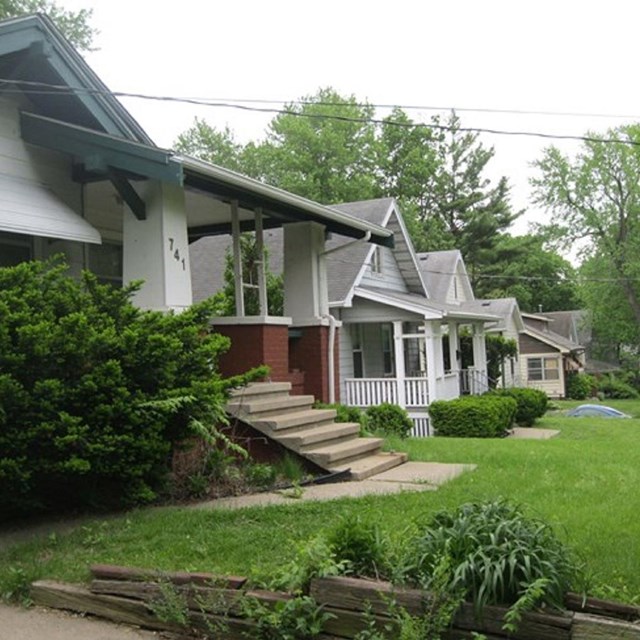 ArticleResearch It!
ArticleResearch It!You can find historic places in your community—or anywhere else in the US—by searching National Register documents at the National Archives.
-
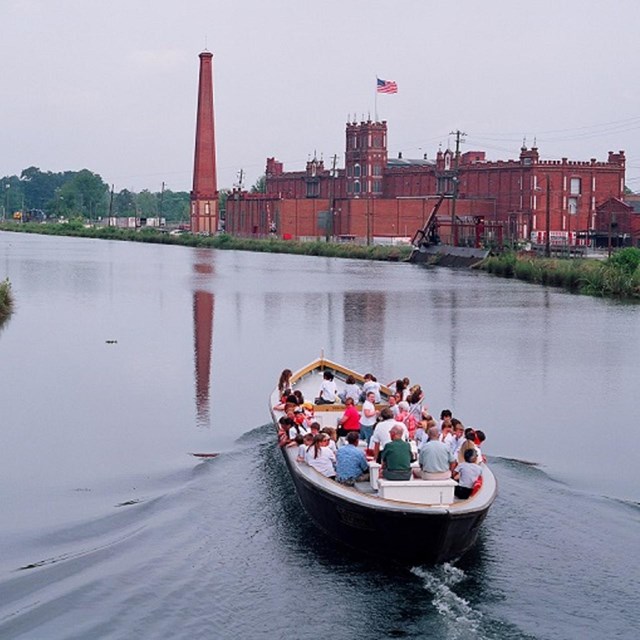 ArticleNational Heritage Areas
ArticleNational Heritage AreasNHAs are nationally important lived-in landscapes where cultural & natural resources combine to make heritage relevant to community needs.
More to Explore
The resources below emphasize the importance of partnership in National Park Service preservation efforts, including what you can do to save America’s special places.
Preservation Partnerships: Building a Culture of Preservation
The relationship between National Historic Landmarks & their immediate neighborhoods can be instrumental to the protection of the sites.
Save America's Treasures
SAT is a national effort to protect America’s threatened cultural treasures that document & illuminate the history & culture of the US.
National Historic Landmarks and the Network to Freedom
The NTF promotes programs & partnerships to commemorate, preserve sites, & other resources associated with the Underground Railroad.
How to List a Property
The National Register of Historic Places is the official list of the US’s historic places worthy of preservation.
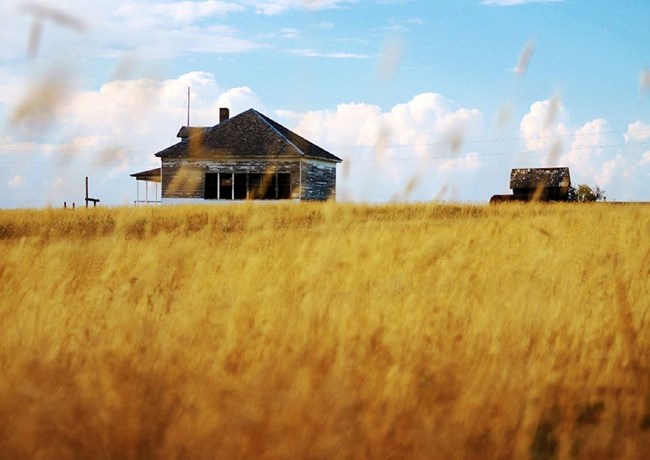
NPS Photo
Marker 2 of 4: How have historic places served as sites of inclusion or exclusion?
By offering opportunities for self-expression, some places created a sense of belonging and community. Places have also been a refuge from forced exclusion, removal, or erasure.
Some places are sites of trauma where violence, abuse, or suppression of identity occurred. It can be difficult to confront past harm and heal divides at these places.
Why are these histories so hard to think and talk about? Think about some of the things that you packed to set off on the Pathways (courage, curiosity). How can these things help you grapple with complicated parts of our past?
Marking Conflict and Change
-
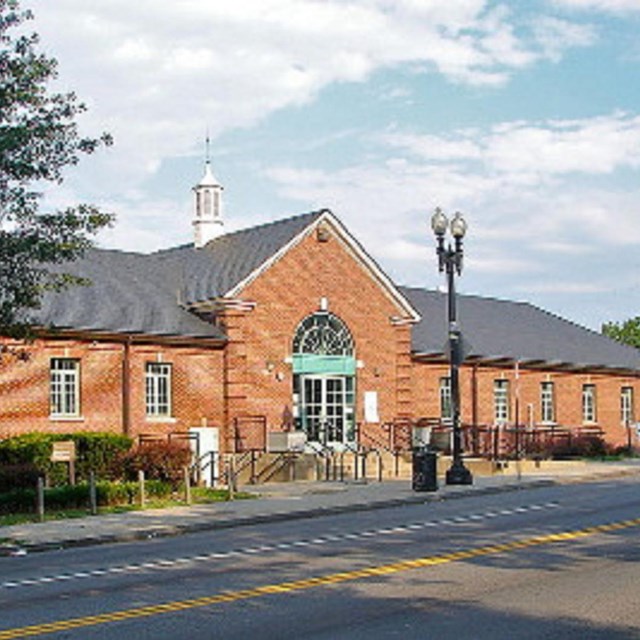 Article"Where We Could Be Ourselves"
Article"Where We Could Be Ourselves"Discover how LGB African American sites can provide a sense of community & belonging, & broaden our overall understanding of the past.
-
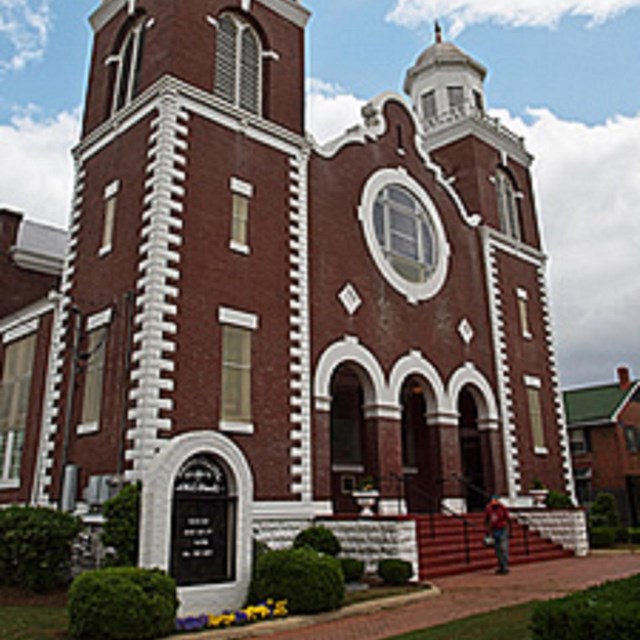 ArticleDivided We Stand
ArticleDivided We StandNational parks & historic sites are extensions of our democratic experiment. Our landscape is marked by places of conflict and change.
-
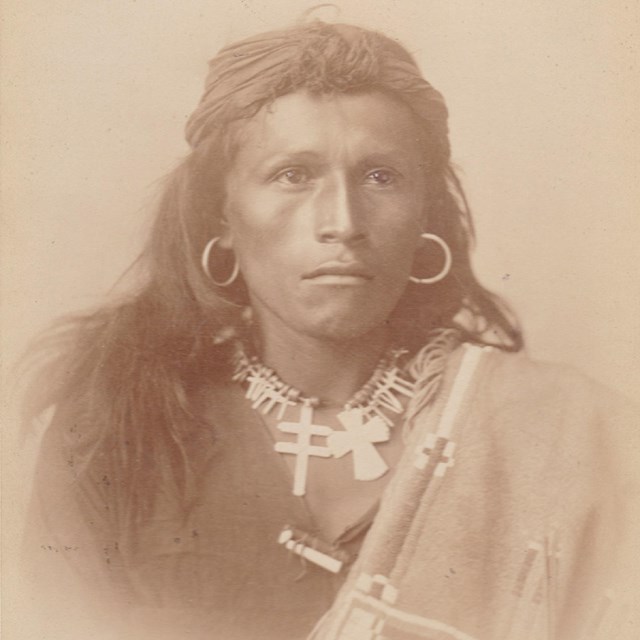 Lesson PlanThe Carlisle Indian Industrial School
Lesson PlanThe Carlisle Indian Industrial SchoolThe campus of this school provides a window into a federally-funded program of forced cultural assimilation that targeted Native Americans.
More to Explore
Histories embodied at historic sites can be painful and difficult to face. But grappling with and preserving these stories can also lead to inspiration or reconciliation.
Asian Americans and Cultural Retention/Assimilation
This essay frames the reality of Asian American communities who battled to retain their culture while simultaneously trying to assimilate.
Illinois: 1908 Springfield Race Riot Archaeological Site
The site contains the foundations of five of the dozens of homes that were destroyed during the riot that engulfed the city for two days.
Blackwell's Island (Roosevelt Island), New York City
Investigative journalist Nellie Bly went undercover and exposed the abuse of mentally ill patients at Blackwell's Island.
Chicago's Black Metropolis: Understanding History Through a Historic Place (Teaching with Historic Places)
Examine the history of this "city-within-a-city," a self-supporting African-American community that prospered in the late 19th century.
Transgender History in the US and the Places that Matter
Although "transgender" is a relatively recent term, trans people have always left traces on the built environment and inhabited landscape.
Nicodemus National Historic Site
A simple rural community at first glance, Nicodemus symbolizes the strength, determination, & endurance of Black Americans who settled here.
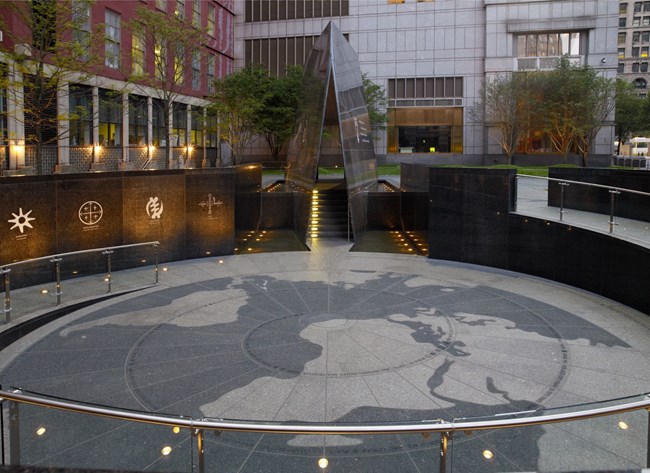
Courtesy Library of Congress
Marker 3 of 4: How do people express their connection to places that are important to them?
How do you remember the places that are special to you? Some communities erect monuments and memorials to remember events or historic figures at a specific place. Artists, poets, and writers also create interpretive odes to meaningful communities and places.
When historic or natural places become endangered, some people work to preserve or conserve them for future generations. The places that we preserve can reveal a lot about what we value.
Consider a place that you think is worthy of preservation. What makes it memorable? What would you like someone to know about you based on the place you want to preserve?
Connecting to Place
-
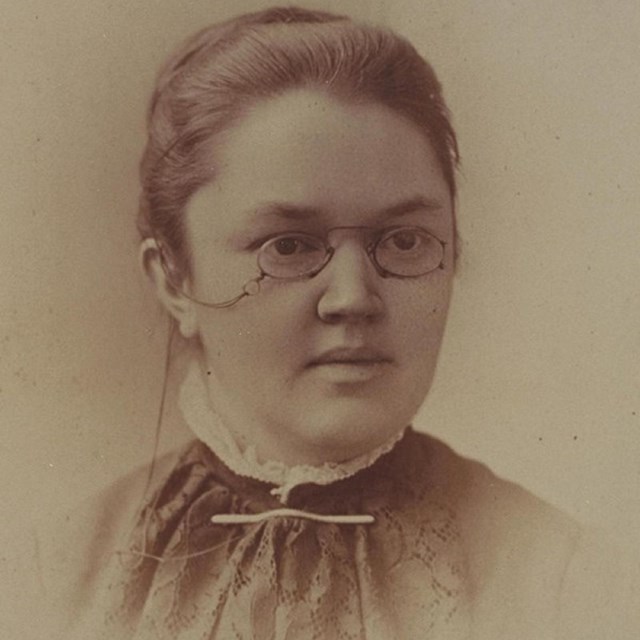 Curiosity KitKatharine Lee Bates
Curiosity KitKatharine Lee BatesMany of the lines in Bates's ode "America the Beautiful" express admiration for geographical features she encountered during her travels.
-
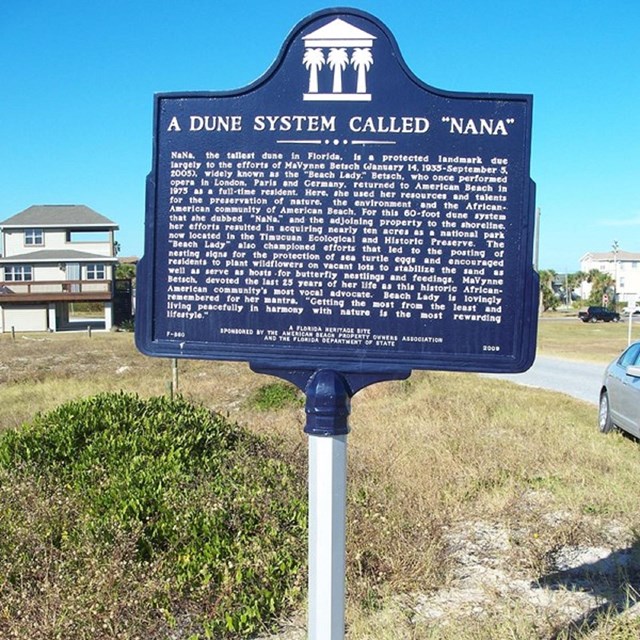 PersonMaVynee "Beach Lady" Betsch
PersonMaVynee "Beach Lady" BetschThe “Beach Lady” was an environmental activist who worked to preserve & protect a historically Black beach on Florida’s Atlantic coast.
-
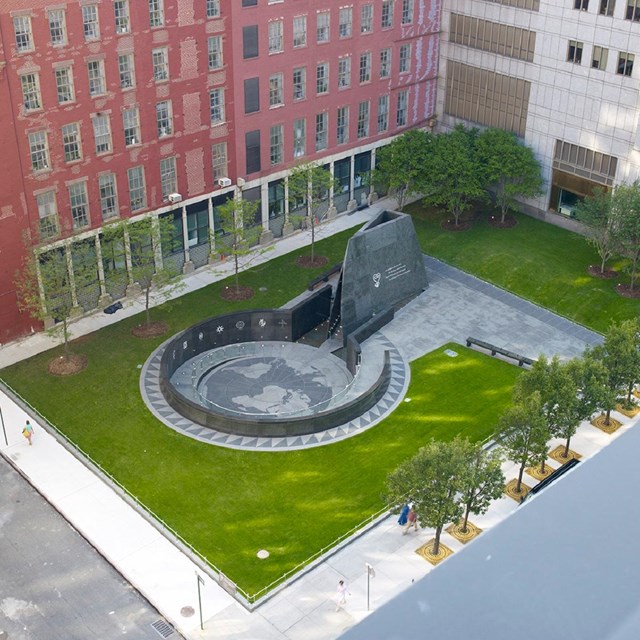 Lesson PlanDiscover the African Burial Ground NM
Lesson PlanDiscover the African Burial Ground NMLearn how Americans show respect for the bodies & memories of the deceased at the US’s earliest & largest known African American cemetery.
More to Explore
These resources describe how people have expressed and shared the meaning of places that were important to them.
Langston Hughes
Hughes's literary legacy celebrates African American culture & achievement, jazz & blues, & his love of everyday life in Harlem.
Willa Cather
Cather cherished places now preserved in national parks & public lands. Immigrants & landscapes were the chief characters of her novels.
(H)our History Lesson: Reconciliation at Gettysburg
Since the end of the Civil War, Gettysburg has hosted memorials, monuments, & ceremonies. Many of them address the theme of reconciliation.
How Women Saved Muir Woods
Women in the California Club fought to save Redwood Canyon. Because of their work, we can enjoy it today as Muir Woods.
Tonto National Monument: Saving a National Treasure (Teaching with Historic Places)
Discover how archeology & the Antiquities Act of 1906 helped researchers to learn about & preserve the Salado culture of the Tonto Basin.
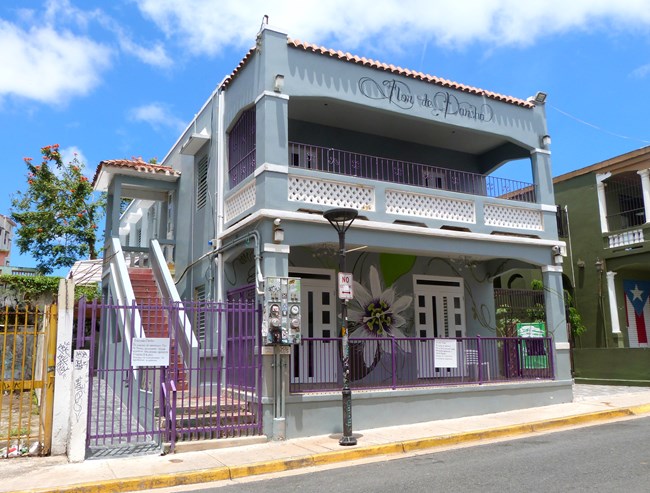
Photo by Ian Poellet
Marker 4 of 4: How can competing experiences or memories coexist at a particular place?
Historic sites are preserved to stand the test of time. Over time, sites may be adapted and used for different purposes. These places can speak to multi-layered histories even when one story becomes particularly well-known.
Because history is complex, the places that embody it are too. Sites can be sources of reckoning, inspiration, and change. They can speak to histories of resistance and resilience and pave the way for justice.
How can we make space to listen to other people's truths and lived experiences, especially if they are in conflict or competition with our own?
Acknowledging Complexity
-
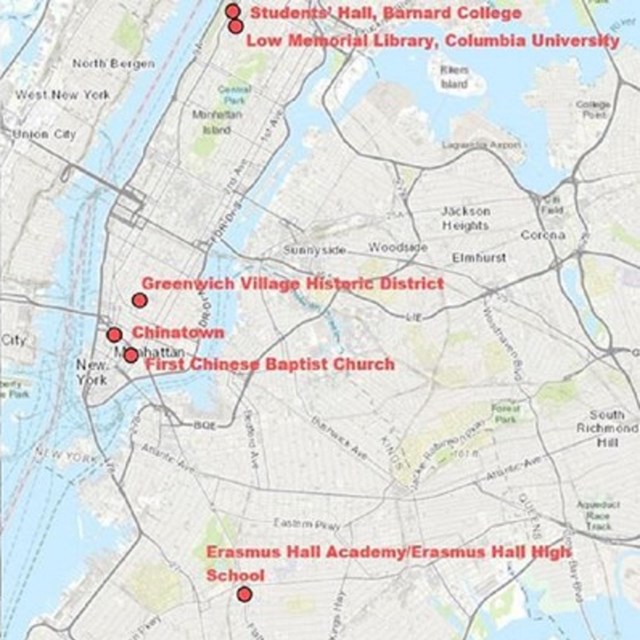 Article Series"Places Of..." Series
Article Series"Places Of..." SeriesThis series highlights historic places associated with people & themes in US history recognized by National Park Service programs.
-
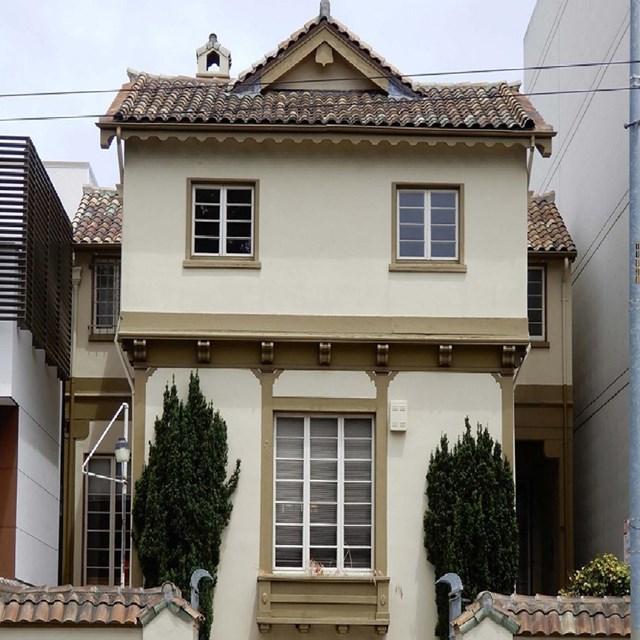 PlaceJapanese YWCA
PlaceJapanese YWCAThis building is associated with the history of Japanese American women, the Black Civil Rights movement, & the LGB rights movement.
-
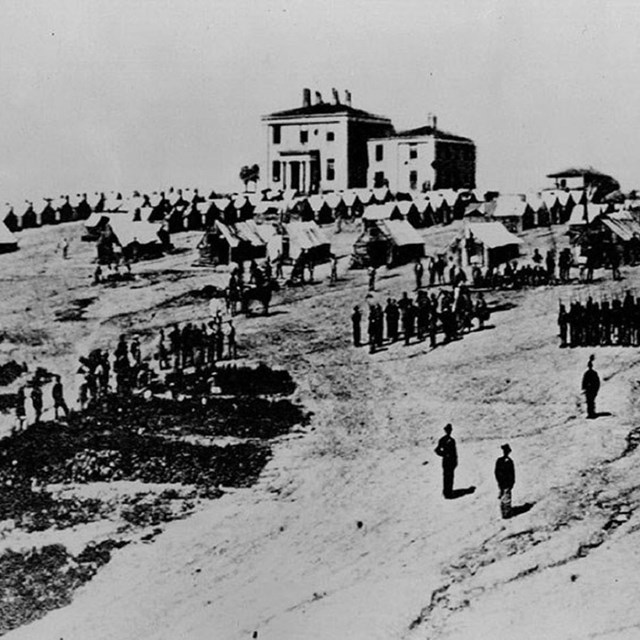 ArticleCamp Hill
ArticleCamp HillThis barren Civil War landscape in Harpers Ferry National Historical Park transformed into a premier Black institution of higher education
More to Explore
The articles below illustrate how the meaning of a place may evolve over time and can speak to these stories in different ways.
Santa Fe Plaza
Since 1609, the Plaza has been the spatial, economic, & social center of New Mexico's capital city, hosting gatherings, events, & protests.
The Soundscape Underfoot
When you consider the sounds of a national park, you might think of the wind or birdsongs. The sounds of each park tell a different story.
Harada House
This house was the focus of a landmark case that tested the constitutionality of California laws preventing immigrants from owning property.
Keep Up the Pace
As you think about the place where you live, consider the generations of the people who lived there before you. What can you do to acknowledge and honor them?
Get Off the Beaten Path
The content for this article was researched and written by Jade Ryerson, an intern with the Cultural Resources Office of Interpretation and Education.
Tags
- pathways through american history
- preservation
- power of place
- historic preservation
- nrhp
- national register of historic paces
- national historic landmark
- national historic landmarks
- memorial
- monument
- historic site
- historical memory
- archeology
- state historic preservation office
- cultural resources
- cultural heritage
- nhpa
- national historic preservation act
